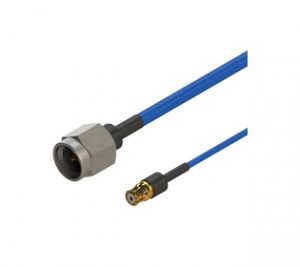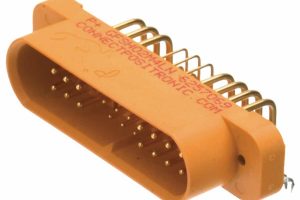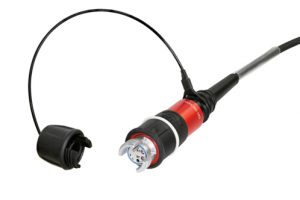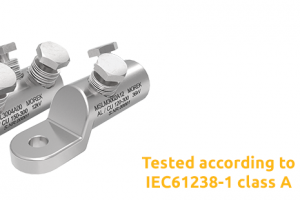5 things to consider when designing new Cable Assemblies…
 1: Are the components freely available?
1: Are the components freely available?
One of the biggest issues we have seen with new assemblies is the availability of the connectors or cable. This may seem obvious, but the amount of assemblies designed using hard to find parts is quite high.
Engineers spend a lot of time finding the connectors they believe is best for the job which is important, however, can they be easily purchased?
A good example is not researching the availability of the connector only to find it is on a 10 weeks lead time for a project that needs to be delivered in 4 weeks.
Another important element is cost. It is vital that you look at the supply network to see if the connector or cable is available from more than one supplier and the price is relatively consistent. The last thing you need is costs based on the lowest price supplier when the next supplier is double the price. It is always good to get an average cost.
One last thing to consider is if the cable or connector is marked for obsolescence. We have seen many new cables designed using connectors that are end of life and no one has checked to see if future supply is an issue.
2: Can the connectors be easily assembled?
The cost of a cable assembly can largely be down to labour. If you have connectors that are fiddly or require specialist soldering skills the costs can rocket. This is often overlooked as much of the focus is in the cost of the components rather than the labour.
We have seen many customers with hard to build assemblies struggle when key people are on holiday or worse still leave taking their skillset with them.
3: What environment is the assembly being used in?
From sub-zero, extreme heat to areas where water is present. If your cable is going to have any kind of long life you need to make sure all the components are fit for the job. This includes small things such as heatsink and other sleeving.
However, it is also overkill to go belt and braces for example using PUR Cable when PVC is just fine. Remember, every time you add higher specifications the costs go up.
4: What are the standards the cable assembly will need to conform to?
It is vital that you know where in the world your cables will end up being used. Anything going to the USA must use UL Approved parts. We have seen cables designed using Def-Std wire that are being sent the USA and when we advised the client they had no idea of the approvals required.
Also, it is important to understand what you will get when working with standards and how they differ. In Germany the Din standard is most common and great when exporting to the Far-East.
This can be one of the most confusing elements of cable design, but don’t worry as your cable assembly company is there to help you.
5: Will the assembly need to be mass produced
Often overlooked but an important consideration is where in the world will the assembly be manufactured. If in the short term you need the assemblies to be built in the UK but in time expect them to be mass produced make sure you are designing using parts that are available in the host country of manufacture.
A recent example of this would be on a recent project we were working on we had to free issue parts to the Far-East because the client’s designers did not investigate if the parts were available in the Far-East.
Purchasing the parts in the UK and shipping to the Far-East added unexpected costs which was close to outweighing the benefits of mass production in the Far-East.
Nick Locke, Nicab Ltd
 Electronics Weekly Electronics Design & Components Tech News
Electronics Weekly Electronics Design & Components Tech News



